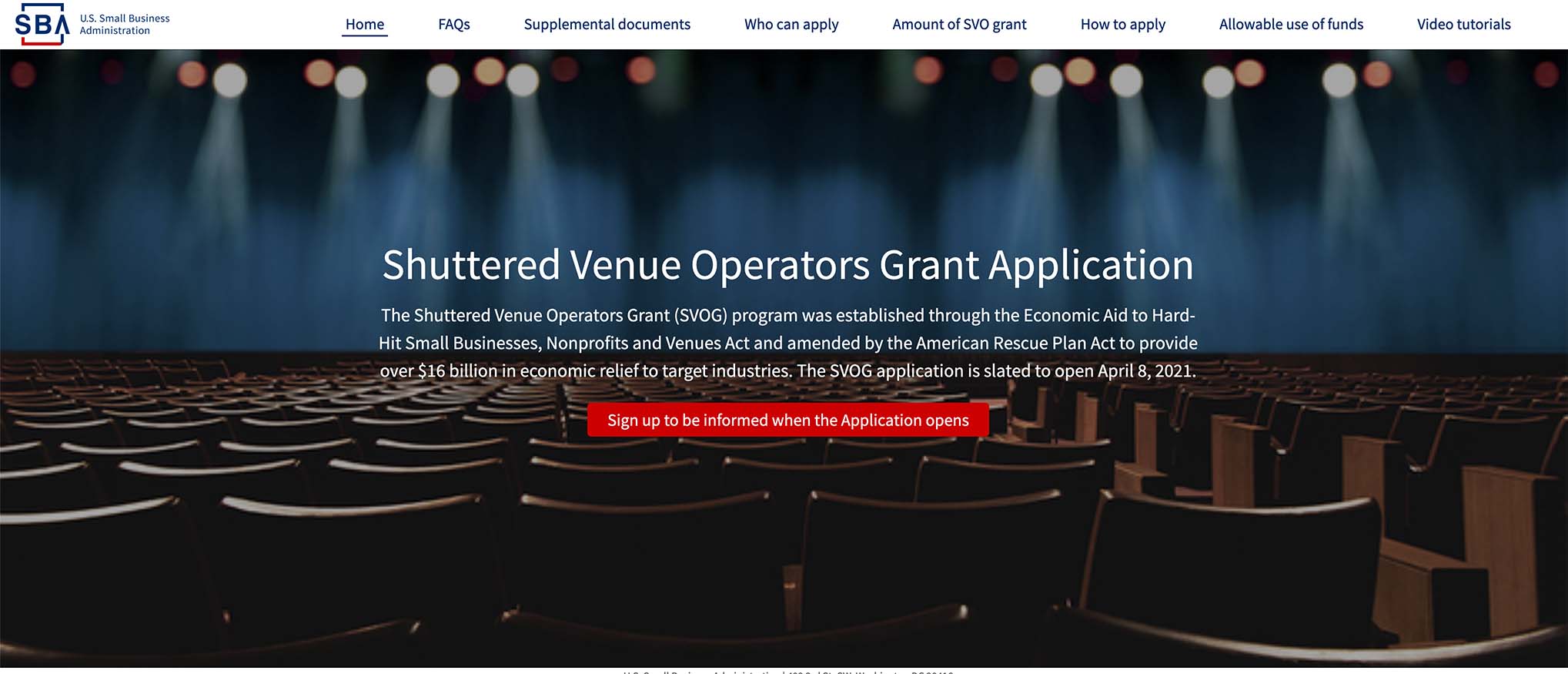Back in December, Advisory Board for the Arts featured a webinar on marketing the arts emphasizing emotional value to the community. Much to my chagrin, it took me until last week to get a post about the webinar written for ArtsHacker.
Among the interesting tidbits I came away with were the fact that we make choices based on emotional factors and then justify our decision with rational factors like discounts, durability, assumptions about how frequently something might be used, etc.
Importantly for the arts was the finding that for 1/3 our audiences, the arts are part of their core identity so factors like quality and historical significance are enough to convince them of the value of an experience. The other 2/3 need to see connections with other motivators in their lives to see value in participation. I was interested to find that a chart of these motivating factors used in the webinar were parallel to those identified by John Falk in Identity and the Museum Visitor Experience which I had previously written about in an earlier post here.
The webinar focused on an approach used by Utah Symphony called Zaltman Metaphor Elicitation Technique (ZMET) which involves discovering what emotional values motivate an entity’s biggest fans and then tries to build resonance with the broader community.
Now if you look at the image below on the webinar video your first inclination probably wouldn’t be that there is a huge crossover between orchestra fans and the KISS Army, but the image was still pretty evocative for a lot of people. My bigger concern would be people considering this a little deceptive because the energy at the symphony and a KISS concert is so different.
In any case, one of the things they did to learn about what was emotionally resonant with fans is ask them bring 10 images to an interview that represent the symphony but do not include any pictures of symphony, musicians or instruments. So for example, someone brought picture of an Adirondack chair explaining they felt the same sense of calm in the symphony as they did in their chair at the lake.
There is a lot more detail in the ArtsHacker post, including time indexes about where things are discussed in the webinar so take a look. It seems to me that approaches like ZMET and 5 Whys technique Toyota employed are valuable to sussing this information out for the very reason that people do use logic to justify their choices and therefore insulate themselves from their real motivation. Unless you use probing techniques, a simple survey will never reveal this information.
Show Me What You Love About The Arts Without Using Pictures Of The Arts




Thanks for what you are doing to bring cultural change to the arts. It is so important to represent everyone.…